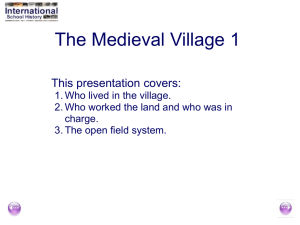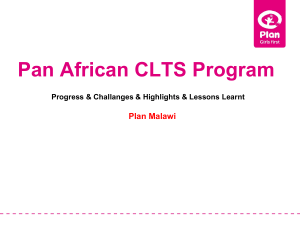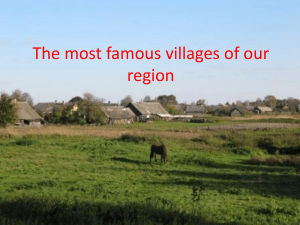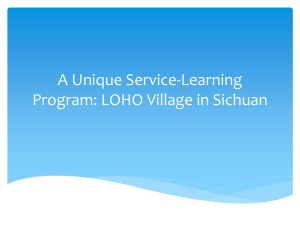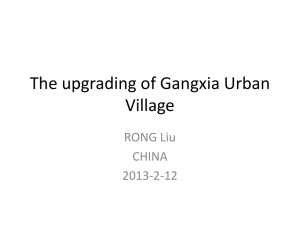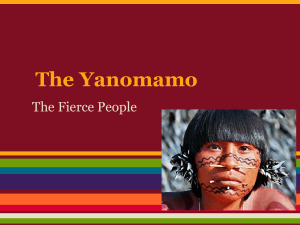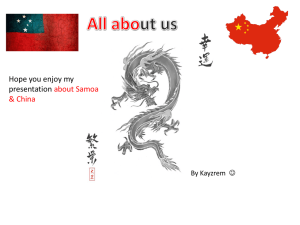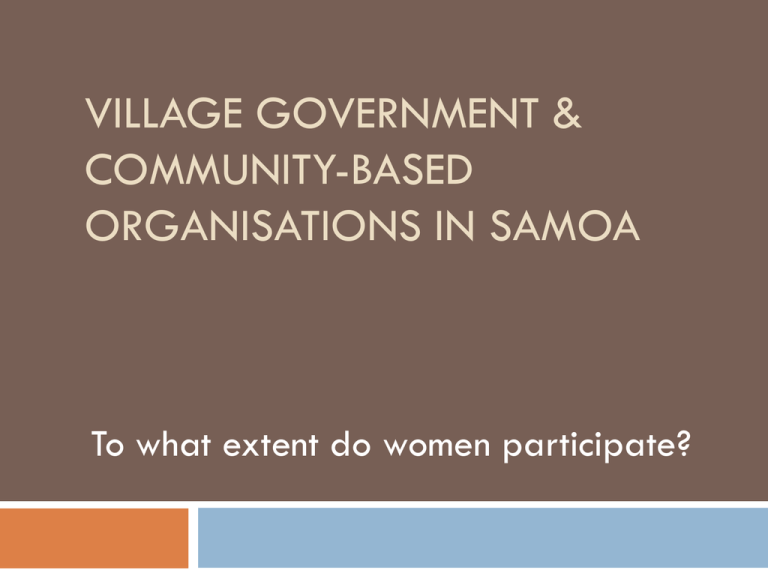
VILLAGE GOVERNMENT &
COMMUNITY-BASED
ORGANISATIONS IN SAMOA
To what extent do women participate?
Samoa, a paradox?
×
×
Samoa ranks 131, near the bottom on the world scale
of 139 countries for representation of women in
parliament.
Political participation of women is low (2/49 members
of Parliament)
The gap between women and men in middle and senior
management jobs in the public sector is narrowing
Gender equity is almost achieved in formal employment
and private enterprise
Gender equity has been achieved in education
Women in Samoa’s Parliament since 1961
Source: Soo (2012).
Samoa, a paradox?
×
×
Samoa ranks 131, near the bottom on the world scale
of 139 countries for representation of women in
parliament.
Political participation of women is low (2/49 members
of Parliament)
The gap between women and men in middle and senior
management jobs in the public sector is narrowing
Gender equity is almost achieved in formal employment
and private enterprise
Gender equity has been achieved in education
How to explain the paradox?
Samoa Local Government Research Project (SLGRP)
Designed
by the Centre for Samoan Studies at the
National University of Samoa; funded by ADRAS
We don’t know why women have more leadership roles
in some villages than others.
H0 : neo-traditional village government and mainstream
churches strongly deter women from assuming
leadership roles.
Nation-wide survey of leadership across villages (i.e.
village councils, churches, schools, CBOs and other
organizations)
Village Government
80% of the total female population live in rural areas
240 ‘traditional’ villages in Samoa with the following
traditional governance structures:
One village council (fono) of matai (chiefs) who make
decisions based on consensus
One village mayor (pulenuu)
Traditional associations of untitled men & daughters of the
village
A traditional honorific salutation (faalupega)
Churches as ‘informal agents’ in village government
Number of villages by number of churches in
traditional villages
Source: SLGRP database.
Chiefs (matai)
Matai titles unique to the village they belong to.
Matai titles are the property of Samoan extended
families; matai represent family interests
Matai are the village decision makers
Only matai can stand for Parliament
13,423 matai in traditional villages
Basic profile
Majority reside in the village; only 5.33% are female
¼ have only received primary school education
Most over the age of 40
Percentage of village mayors (pulenuu) by sex
Source: SLGRP database.
Percentage of chiefs (matai) by sex
Source: SLGRP database.
Women chiefs (matai)
There is a lot of variance across villages with respect to
women matai
34 villages do allow women to hold titles but do not allow
them to participate in village council meetings
41 villages do not allow for the ritual bestowment of titles
on women
Other variations:
Some villages do not allow women to hold titles
Some villages allow women to hold titles if they reside elsewhere
Women who hold titles and whom live outside of the village can sit
in the village council meeting
Percentage of women titleholders who
attend village council meetings by choice
Source: SLGRP database.
Women’s committees
Introduced by the colonial government (1920s)
Responsible for public health; restricted membership
Led by the wives of the senior chiefs & orators
Hierarchy determined & analogous to status of
husbands relative to the village government
Of the 240 traditional villages
70%
had one village-wide women’s committee
28% (or 66) had more than 1 women’s committee
2% (or 7) had inactive or multiple women’s committees
Women’s representative to Govt.
Similar role to village mayors (pulenuu); paid by the
government
‘Conduit’ between village & government
departments, as well as civil society organisations
76% (or 182) villages have elected representatives
24% (or 58) do not*
Most representatives do not hold titles albeit titles
are not mandatory
School committees
72% (or 173) villages have at least 1 primary
school
7% (or16) villages have 2 primary schools
84% of school committee members are male
16% female*
62% of primary school principals are female
79% of deputy primary school principals are
female*
Village based businesses and CBOs
34% of village businesses are owned by females
(mostly shops)
66% of village businesses are owned by males*
46% of all CBO leaders are female*
Preliminary conclusions…
Political decisions are made in a highly patriarchal
electoral environment
At the local level, women’s political representation (5%)
is close to that at the national level (4%)
A small proportion of villages specifically exclude
women from village councils (14%)
In most villages, if there are women matai there, they
are discouraged from participation by informal
conventions*
Despite ratification of CEDAW, the state has no power
to determine or even influence the gender composition
of village councils*
Looking ahead…
Phase II of the SLGRP – case studies of 30 villages
Encourage a public conversation about the political
representation of women
Share findings:
public seminars & debates on the findings, including village
councils and parliamentarians;
engage with the media;
share information with departments & the Law Reform
Committee;
contribute to on-going deliberations on the legal powers of
village government;
make a submission to Cabinet on our findings
For more information..
Visit the Centre for Samoan Studies at the National University of
Samoa (NUS)
Email our research team:
Dr. Malama Meleisea
Dr. Penelope Schoeffel
Dr. Ioana Chan Mow
Semau Ausage Lauano
Hobert Sasa
Measina Meredith
<m.meleisea@nus.edu.ws>
<p.schoeffel@nus.edu.ws>
<i.chanmow@nus.edu.ws>
<a.lauano@nus.edu.ws>
<h.sasa@nus.edu.ws>
<m.meredith@nus.edu.ws>
Visit our new website:
www.samoanstudies.ws
Faafetai. Thank you.



